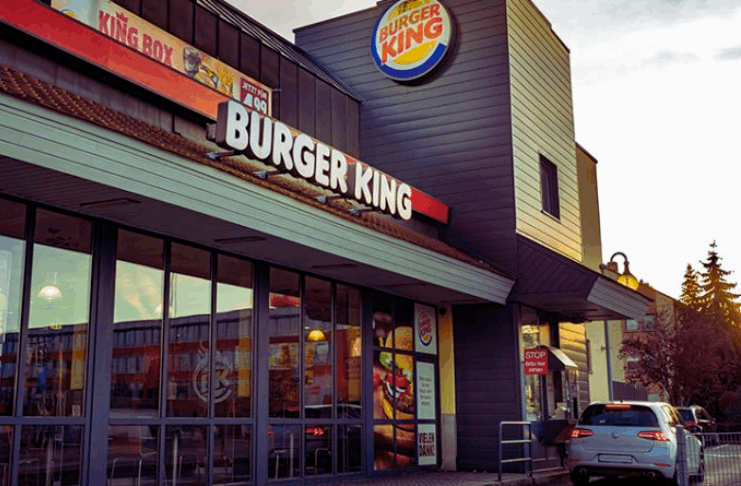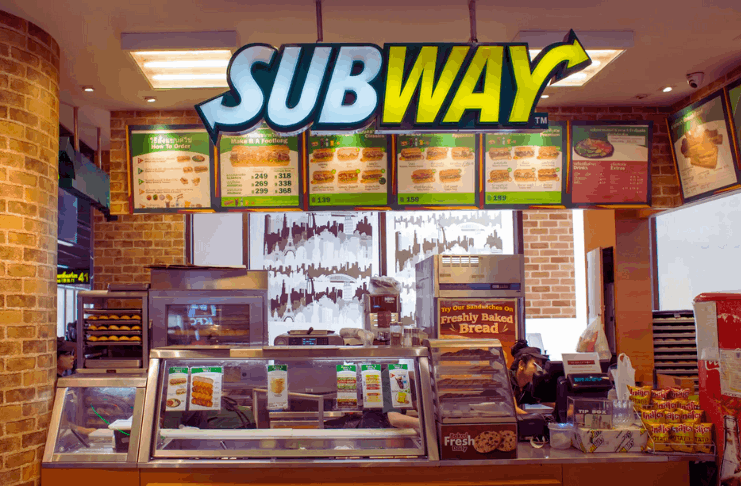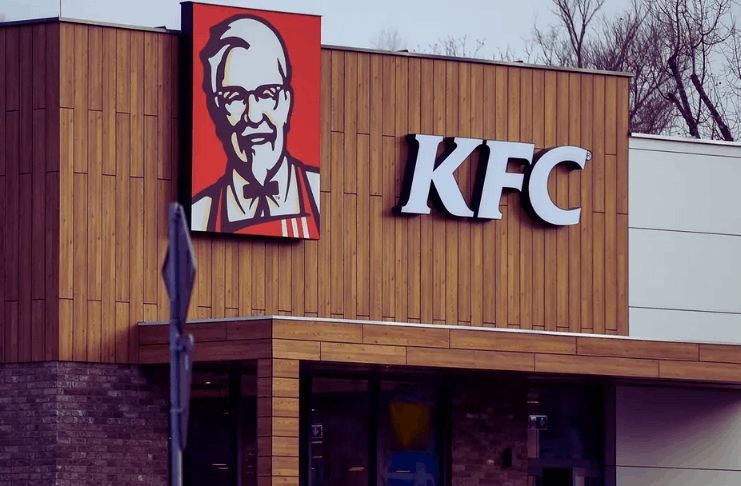Coworking spaces are aimed at helping start-up businesses penetrate the online scene. Individuals also looking to start their own business venture start small through these spaces to save money and focus funds on the project they’re working on. Coworking spaces are shared workspaces and they offer affordable office space for individuals seeking to escape the confines of a home office or coffee shop.
Occupants typically are freelancers, entrepreneurs, start-ups, and small teams who wish to make use of the flexible space.
If you’re not familiar with WeWork, its leading service is to rent out shared office space to customers ranging from people in search of a part-time desk to businesses looking for an alternative to a multi-year contract. The cost of membership also varies depending on whether you use a shared desk or want a dedicated office. To discover more about WeWork’s rise and fall, continue reading.

Overview
WeWork, founded by Miguel McKelvey and Adam Neumann, has recently been reported to be worth $20 billion and received a $4.4 billion infusion from Japanese giant SoftBank in August 2017. Some investors and analysts doubt whether it’s just a fancy real estate holding firm. Still, the firm insists that its business is more than just that because it facilitates community and collaboration. In the meantime, it gathers data on contemporary life, which it uses to form its spaces.
Last year, the WeLive dorm-style home was introduced, and a fitness center named Rise was recently added, which costs 180 dollars per month. The company bought, for $850 million, the famous Lord & Taylor building at the Manhattan Fifth Avenue. A second headquarters is now being opened in San Francisco.
WeWork began with just two locations in 2010 and doubled that in 2011. In 2014, there were 23 spaces in eight cities. Explosive growth has taken place in the last three years, with 55 locations in 2015, 111 locations in 2016, and 178 locations (in 56 cities in 18 countries) in 2017. New cities include Beijing, Mumbai, Haifa, and Israel.
By 2019, negative ads saw the company’s value dropping by $37 billion in September. In April 2019, We Company exposed its troubles in a public offering.
Investigations found that Neuman had purchased assets and leased them back to WeWork, borrowing against his own share of the company. He also traded the word “We” and fined WeWork approximately $6 million for using the term after the company rebranded itself as The We Group.
WeWork set out to transform the workplace by leasing, renovating, and subtracting offices as shared coworking spaces. By the beginning of 2019, it was the single largest private office owner in London, New York, and Washington. Yet the company’s stock has plummeted $40 billion, and now has 2,400 employees laid off.
How Did All This Happen So Fast?
In the first place, the papers on the company’s financial and management situation showed that the company was not in a financially stable position. Mostly, it lost more money than it made. Last year, losses amounted to $1.9 billion, while they had $1.8 billion in sales. The company lost $900 million in 2017 and more than $400 million in 2016. Some attribute these losses to poor management, while others claim that this business model was doomed to fail.

Conclusion
Due to its rapid growth, profitability was elusive — a point acknowledged by the organization in its filing. This immediate rise and fall of WeWork will have to serve as an example, and more importantly, as a lesson to many entrepreneurs in this fast-paced world. Though the coworking industry has potential, it does not look like WeWork will take it very far.
Click here to learn about job openings.
Also read – Monster App: Search For Jobs From The Convenience Of Your Mobile Device












